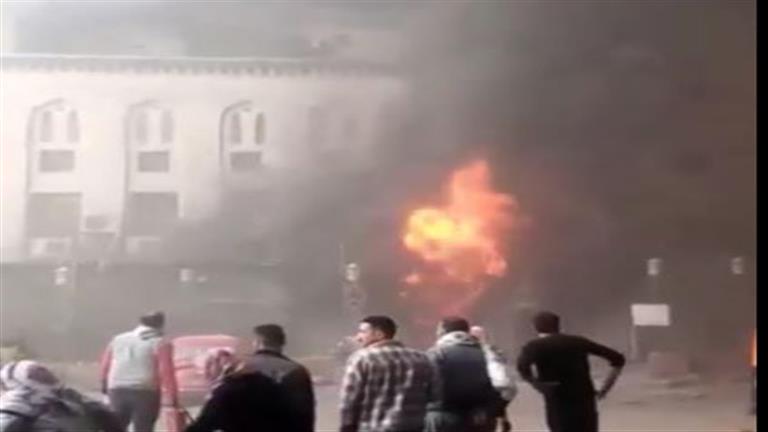In the first part, the pitfalls and pitfalls of the restoration clause were highlighted. The difficulties culminate when the insurer, as is often the case, claims that the insured event was caused by his own arson, and therefore refuses to provide any services in accordance with § 81 VVG and does not even compensate for the current value. The policyholder then finds himself in an extremely difficult financial and legal situation. If he wants to retain the claim to the new value, he must conclude a binding construction contract with an efficient contractor for the construction of the building. However, he can neither show a secured insurance benefit nor make the assignment of an undoubted claim. The UN will have to prove that the entrepreneur has stable financing and considerable equity. If he does not succeed in this, he will often not be able to ensure the restoration and lose the right to the new value peak, even if he can ultimately prove that he did not intentionally cause the insured event. What is particularly aggravating in this context is that even a lawsuit against the insurance company does not stop the three-year period from running. In any event, a UN faced with this situation needs a competent, dedicated and resourceful lawyer to overcome all the complications and fully uphold his rights.
Compensation with the replacement value requires that a new building of the same type and purpose is erected at the same location.
Again and again it happens that the new building not only follows modern technical standards (harmless), but is also used to serve a higher space requirement. In this respect, great dangers lurk. The policyholder cannot rely on the insurance company merely mathematically deducting the extended part from the compensation payment. In the case of extensive spatial expansions in particular, there is a risk that the insurance company will, with regard to the protective purpose of the restoration clause, claim that the conditions (of the same type) are not met and that a replacement value is therefore not fully replaced. These dangers also exist in the case of a change in purpose, such as the construction of apartments instead of the previous warehouse, or in the case of a new building at a different location. Overall, it can be stated that the use of the restoration clause when constructing a new building is associated with a multitude of pitfalls and dangers. The affected policyholder should enter into detailed negotiations with his insurer with the support of a competent and experienced lawyer before the start of planning and reach and document agreement with him on the specific construction measures while fully retaining the replacement value compensation.
There is an urgent warning against unprotected solo attempts!


